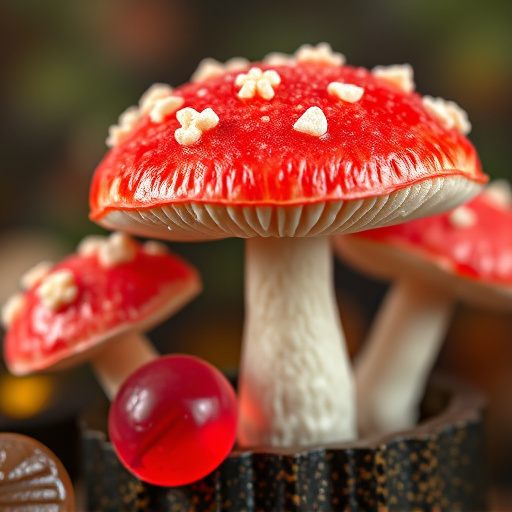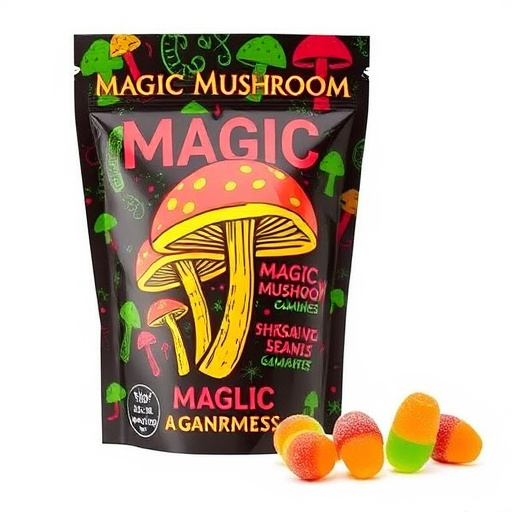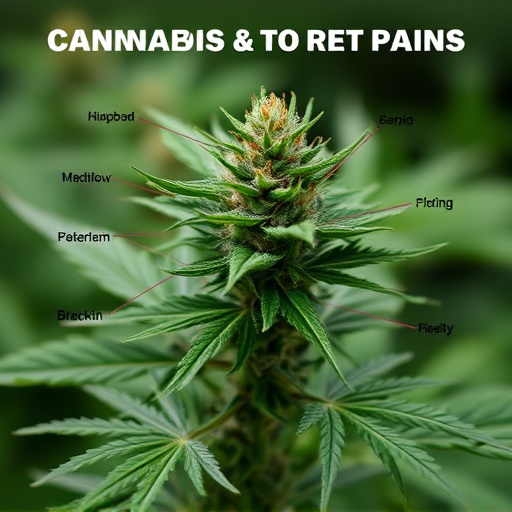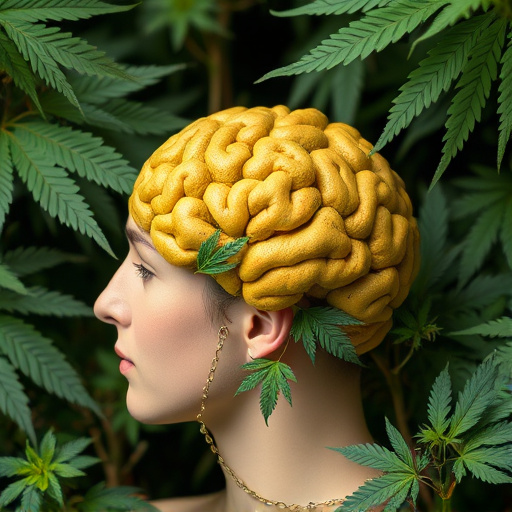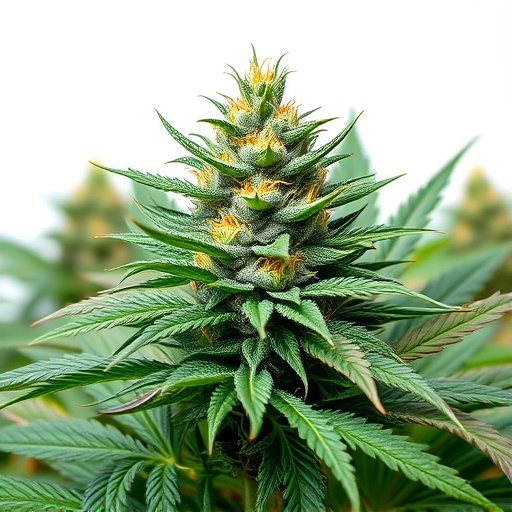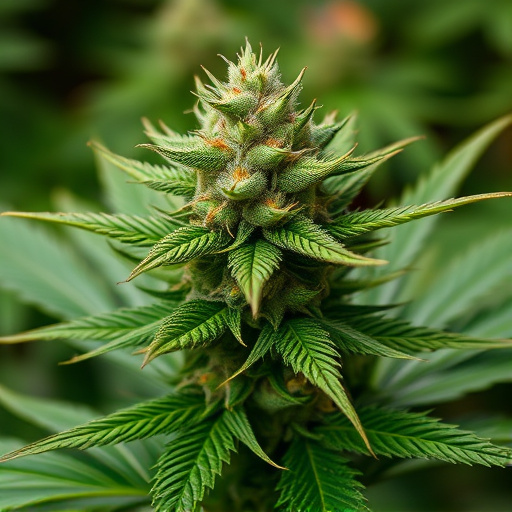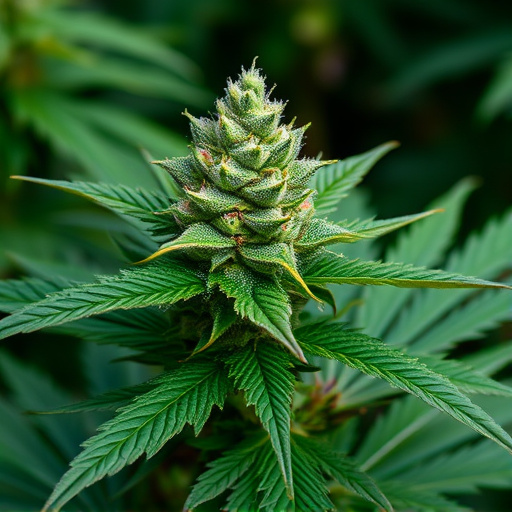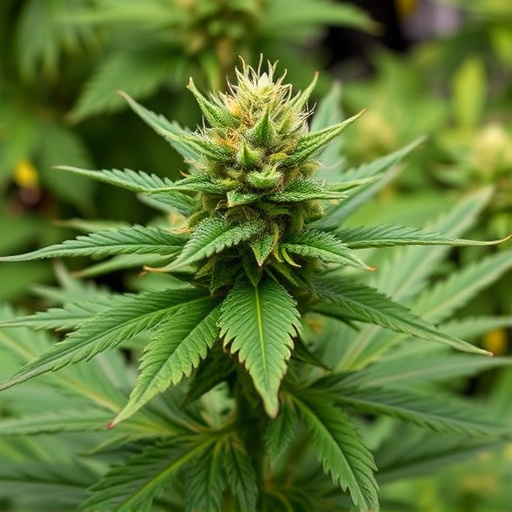Cannabis interacts with our body's endocannabinoid system to regulate emotions, releasing neurotransmitters like dopamine and potentially enhancing mood. Strong cannabis strains high in THC stimulate brain areas linked to pleasure, offering varied emotional responses. Known varieties like Blue Dream and Granddaddy Purple provide distinct experiences, with myrcene and limonene terpenes influencing effects. Balancing usage is critical; while these strains offer therapeutic benefits, overconsumption can negatively impact mental health, emphasizing the importance of moderation and personal responsibility.
Can weed make you happier? It’s a question that has captivated both users and scientists alike. This article delves into the intricate relationship between cannabis and mood, exploring how specific strains can influence happiness and overall well-being. We’ll dissect the effects of strong cannabis strains known for their potent mood-boosting properties while emphasizing the importance of balanced usage. Understanding these factors is key to harnessing the potential benefits without adverse effects.
- Understanding the Impact of Cannabis on Mood and Happiness
- Exploring Strong Cannabis Strains and Their Effects
- Balancing Usage for Optimal Well-being
Understanding the Impact of Cannabis on Mood and Happiness
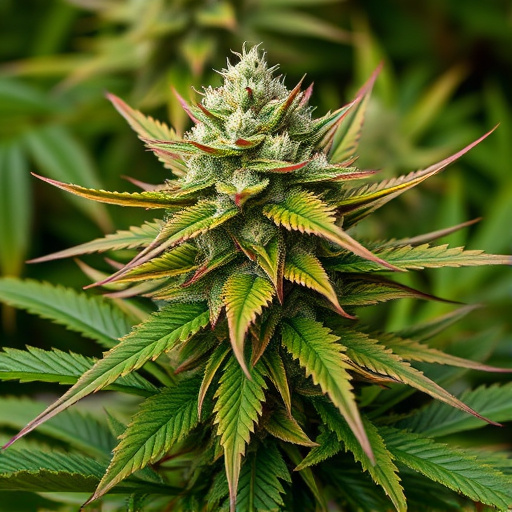
Cannabis has long been known for its ability to induce a sense of relaxation and pleasure, which can contribute to an improved mood and overall happiness. When consumed, cannabis interacts with the endocannabinoid system in our bodies, which plays a significant role in regulating emotions, memory, and pain perception. This interaction can lead to a release of neurotransmitters like dopamine, often associated with feelings of enjoyment and satisfaction.
Strong cannabis strains, known for their high THC (tetrahydrocannabinol) content, have been particularly studied for their potential mood-enhancing effects. THC is the primary psychoactive compound responsible for the ‘high’ feeling users experience. Research suggests that it can stimulate areas of the brain linked to pleasure and reward, thus promoting a positive emotional state. However, it’s essential to note that individual responses to cannabis vary greatly; while some may find it uplifting, others might encounter negative feelings or anxiety, especially with high doses or certain strains.
Exploring Strong Cannabis Strains and Their Effects
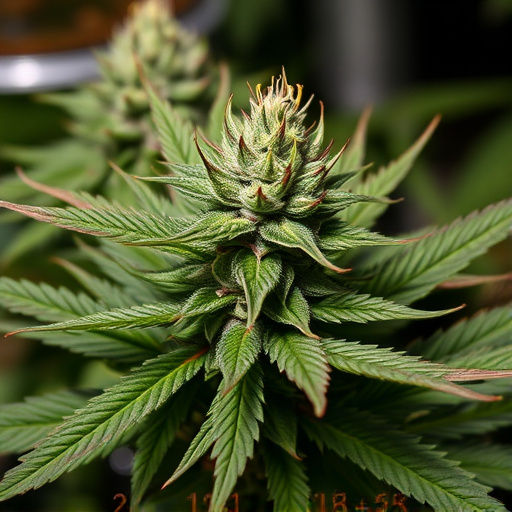
Exploring strong cannabis strains can offer a unique journey into the realm of altered consciousness and potential emotional highs. These strains, known for their high THC content, have garnered attention for their ability to induce intense feelings of euphoria, relaxation, and even heightened creativity in some users. The effects can vary greatly depending on the specific strain and individual biochemistry. Some popular strong cannabis strains include Blue Dream, known for its uplifting and energetic high, and Granddaddy Purple, renowned for its deep relaxation and pain-relieving properties.
Each strain brings a distinct combination of cannabinoids and terpenes that interact with the body’s endocannabinoid system, leading to varying sensory experiences. For instance, strains rich in myrcene, such as Lemon Haze, are often associated with sedative effects, promoting tranquility and sleepiness. Conversely, those with higher levels of limonene, like Super Silver Haze, may evoke a more energizing and uplifting mood. Understanding these variances can help users select strong cannabis strains that align with their desired emotional outcomes, whether seeking relief from stress or enhancing creative pursuits.
Balancing Usage for Optimal Well-being
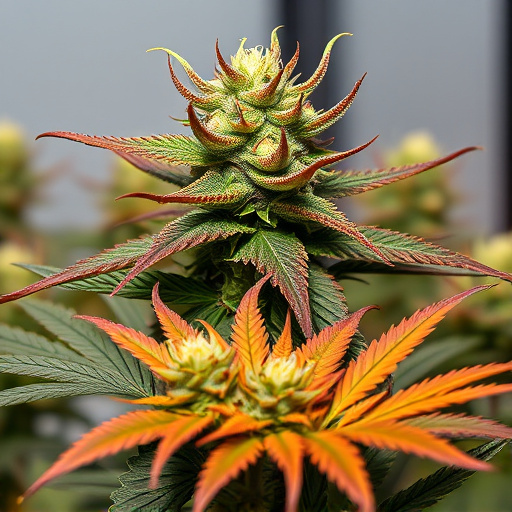
Balancing usage is key when exploring whether weed can enhance happiness. While strong cannabis strains offer potential therapeutic benefits, overconsumption or misuse can lead to adverse effects on mental health and overall well-being. It’s important to approach cannabis use mindfully, considering both the positive and negative impacts.
Optimal happiness from cannabis often comes from moderation and personal responsibility. Using strong strains for specific purposes, such as managing stress or improving sleep, in controlled doses can be beneficial. However, long-term heavy use may contribute to anxiety, paranoia, and other psychological issues. Recognizing individual tolerances and setting boundaries are crucial for navigating the potential ups and downs of cannabis consumption.
While cannabis has been shown to potentially impact mood and happiness, it’s crucial to approach its use thoughtfully. Exploring strong cannabis strains can offer unique experiences, but balancing usage is key to achieving optimal well-being. Remember that individual reactions vary, so mindful consumption and consultation with experts are essential for a positive and healthy relationship with cannabis.

